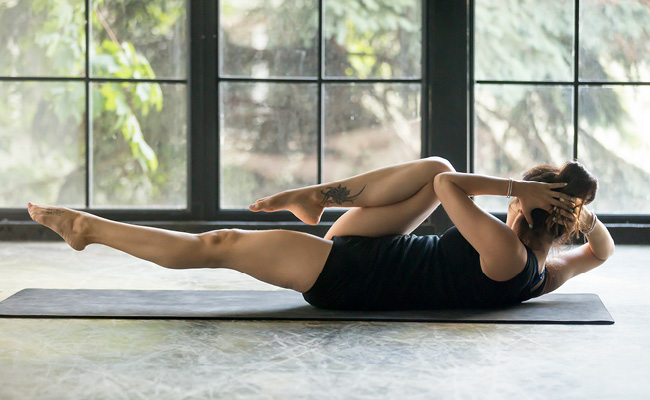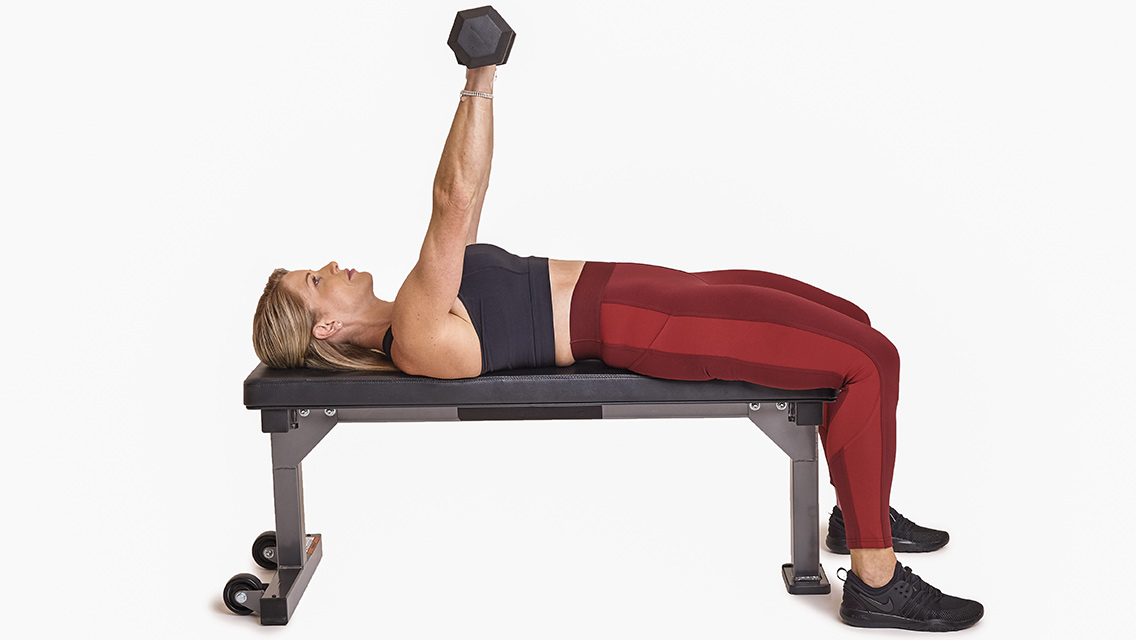You’ve heard it from your mom, your high school teacher, your financial adviser: Failing to plan is planning to fail.
Another domain where this bit of time-honored wisdom holds sway? Your fitness regimen.
Too often, we lean on a few basic go-to workouts — elliptical for 30 minutes, weights for an hour, or X number of laps in the pool — shuffling through them, habitually or at random, each time we hit the gym.
While it’s certainly better than no exercise at all, this repetitive, improvised approach is far from optimal, says DeWayne Unger, a Washington-based master trainer certified by the National Academy of Sports Medicine (NASM).
Doing the same workout day in, day out for weeks on end can stall your fitness progress and cause your motivation to wane, he notes.
And if you do stick with those same few workouts? “Over time, they can lead to muscular imbalances that result in injuries or health problems,” says Unger.
The solution is to implement a “periodized” approach — the same type of long-term workout planning that elite athletic trainers employ.
Rather than slogging through the same exercise program for months on end, you vary the focus of your workouts systematically every four weeks or so, thus ensuring steady, injury-free progress toward your fitness goals, whatever they may be.
“I use this approach with all my clients, ranging from elderly folks to people who want to lose weight to athletes of all kinds,” says Unger. Everyone benefits: “They get stronger, faster. Their posture is better. They feel better and look better.”
The next few pages will show you how to implement a three-phase periodized approach — known to pros as the Optimum Performance Training (OPT) model designed by NASM.
Using this system, you’ll understand not just how to put together a single workout, but how to build an effective, continually changing fitness plan — one that can serve you starting right now, and evolve over the course of your entire gym career.
Three Phases of Training
The program on these pages consists of three phases, each a month long:
1. Stability Phase: Strengthens your joints and connective tissue as well as your muscular endurance. This phase is designed to iron out muscular imbalances while simultaneously improving joint integrity and core stability.
Many gym-goers may be tempted to jump right into heavy weights rather than first focusing on stability exercises, which require a little wobbling and flailing before you get them right. As awkward as these moves can feel at first, they’re essential for teaching your nervous system impeccable form and alignment while under load. Without it, the heavier weights you use in later phases can lead to injury.
2. Strength Phase: Builds muscle. You lift heavier weights for fewer reps on basics like bench presses and barbell squats. You’ll start to develop muscle tone and mass, and notice improvement in your ability to do everyday physical activities like yard work or playing with your children.
3. Power Phase: An optional phase that builds maximal strength and power.
After a month working out in each phase (or just the first two), you’ll repeat the cycle — this time with different or tougher exercises, more challenging weights, or both.
Each phase focuses on a distinctly different type of exercise and builds on the one before, explains Unger.
Know your sets and reps
The following bullets tells you how many sets and reps to perform in each phase, and how long to rest. (Optimizing how you rest during your workout can help you reach your fitness goals. Here’s why.)
- Stability Perform two sets of 15 to 20 reps of each move. Rest 90 seconds between sets.
- Strength Perform three or four sets of eight to 12 reps of each move. Rest up to 60 seconds between sets.
- Power Combine one set of five reps of a strength move with one set of eight reps of a power move to create a superset. Repeat three times. Rest two minutes after each superset.
Glossary
- Repetitions (Reps): The number of times you perform a specific exercise.
- Sets: The number of times you repeat the repetitions of an exercise.
- Straight Set: A single exercise performed without any other exercise between sets. Rest between sets.
- Superset: Two exercises performed in alternating fashion, one full set after the other. You can repeat the cycle multiple times, resting after the second exercise in each superset.
Choose Your Movements
Download this PDF of our “Build Your Own Workout” printable cards for detailed instructions on each movement!
Sample Workouts
To try a sample workout of Experience Life‘s Build Your Own Workout, download our PDF here!




This Post Has 0 Comments